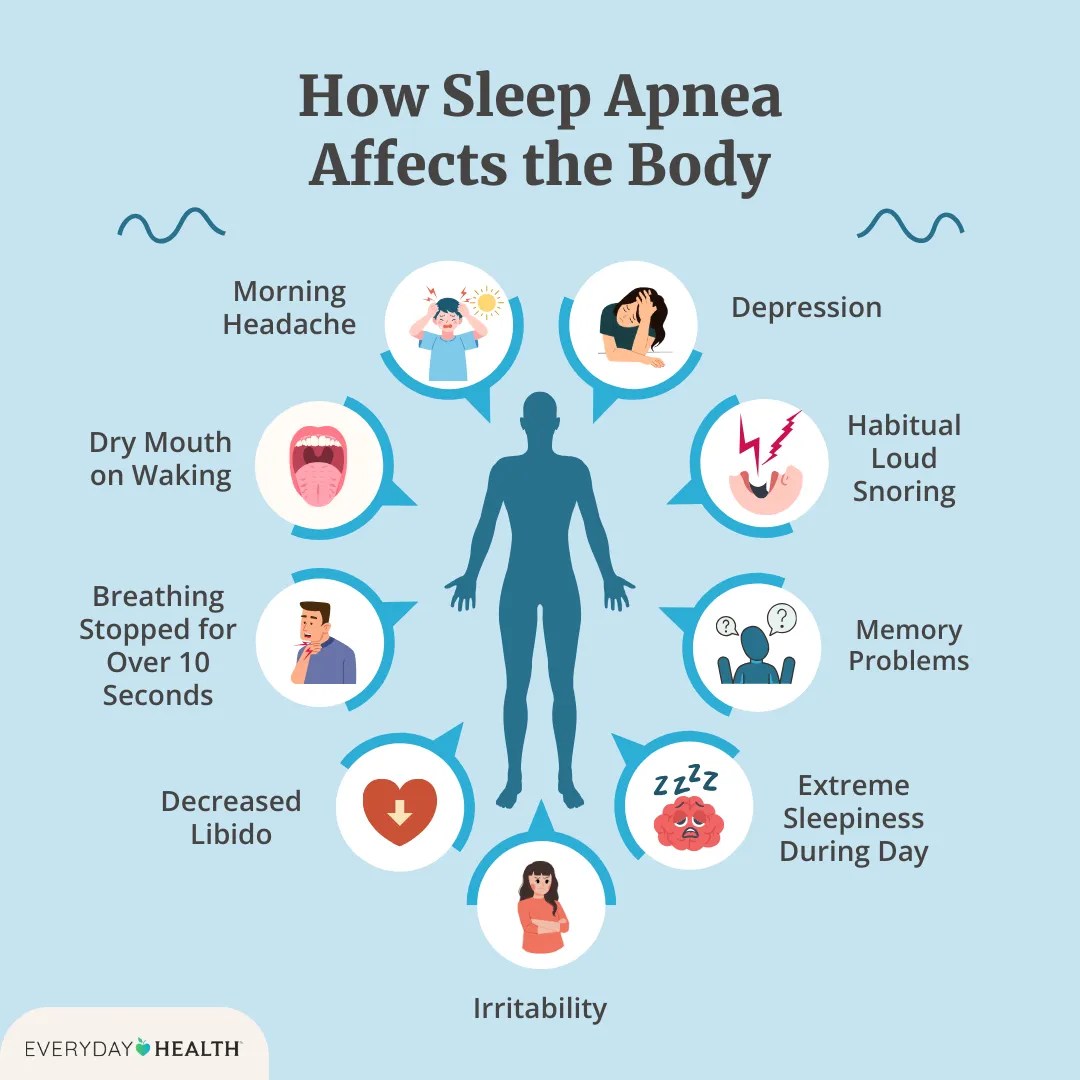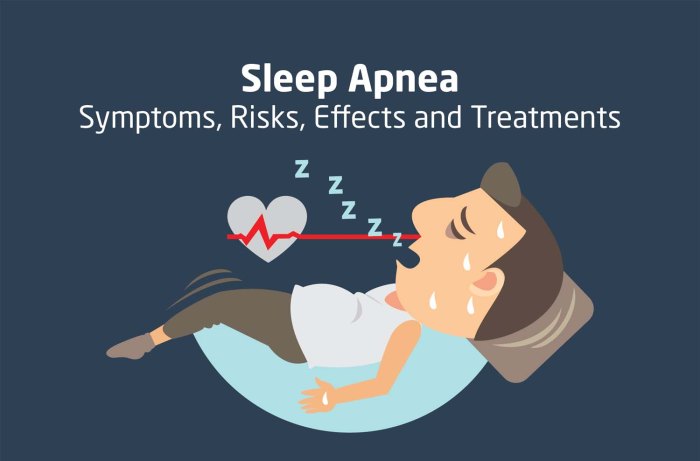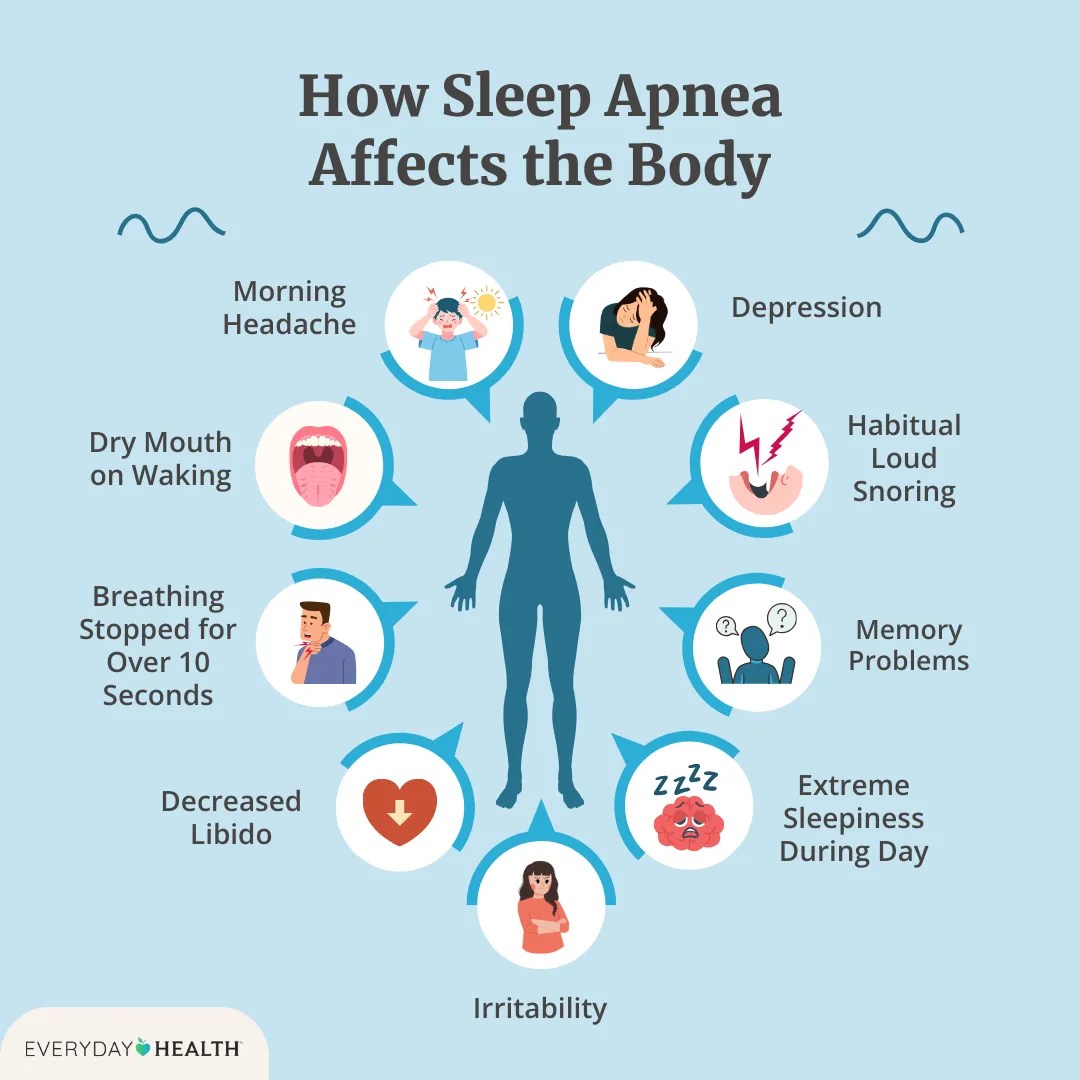Do wireless Bluetooth headphones cause cancer? This question sparks considerable debate, raising concerns about the potential health risks associated with RF radiation emitted by these devices. Understanding the science behind RF radiation, examining existing research, and exploring regulatory standards is crucial to form a balanced perspective on this issue.
This exploration delves into the scientific understanding of radiofrequency radiation, examining how it interacts with biological tissue and the potential effects on human health. We’ll analyze studies on Bluetooth headphones and health risks, scrutinizing methodologies and findings. Furthermore, we’ll review safety guidelines and regulations, and discuss public perception and misconceptions surrounding RF radiation and cancer.
Scientific Understanding of Radiofrequency Radiation
Bluetooth headphones, like many wireless devices, emit radiofrequency (RF) radiation. Understanding how this radiation interacts with our bodies is crucial for assessing potential health effects. While the scientific community is still exploring some aspects, current evidence suggests that the levels emitted by these devices are unlikely to cause significant harm. This exploration delves into the scientific understanding of RF radiation, addressing its nature, interaction with tissue, and potential biological effects.RF radiation is a form of electromagnetic radiation, a part of the broader electromagnetic spectrum.
It has a lower frequency and energy than ionizing radiation, which is a key distinction in understanding potential health risks. The energy of RF radiation is not high enough to directly ionize atoms or molecules in biological tissue. This difference is critical for distinguishing the mechanisms of interaction and potential effects on living organisms.
Nature of Radiofrequency Radiation
Radiofrequency (RF) radiation is a type of electromagnetic radiation characterized by its relatively low frequency and energy. It’s produced by oscillating electric and magnetic fields that propagate through space. The frequency of RF radiation is measured in Hertz (Hz), representing the number of oscillations per second. Bluetooth headphones, for instance, operate in a specific frequency band, which determines the type of RF radiation they emit.
The power levels of this radiation are typically very low.
So, are those wireless Bluetooth headphones giving you cancer? The short answer is probably not. While some worry about potential health risks from these devices, the scientific evidence isn’t conclusive. It’s a complex issue, and the connection to Parkinson’s disease, where symptoms like dystonia and dyskinesia can significantly impact quality of life, is interesting. Understanding the nuances of these neurological conditions, like the differences between dystonia vs dyskinesia in Parkinson’s, dystonia vs dyskinesia in parkinsons , might offer some insight into the bigger picture of potential health impacts of technology.
But, for now, the jury’s still out on whether wireless headphones are a major cancer risk.
Interaction with Biological Tissue
RF radiation interacts with biological tissue primarily through heating effects. The energy from the oscillating electric and magnetic fields is absorbed by molecules within the tissue, leading to increased molecular motion and thus a rise in temperature. The extent of heating depends on several factors, including the intensity of the radiation, the duration of exposure, and the specific properties of the tissue being exposed.
However, the levels of RF radiation emitted by Bluetooth headphones are generally considered to be too low to cause significant heating effects.
Biological Effects of RF Radiation
The biological effects of RF radiation are largely dependent on the power level and duration of exposure. At low power levels, such as those emitted by Bluetooth headphones, the primary effect is heating. While this heating can be detected, it’s typically minimal and within the body’s normal temperature regulation range. No substantial biological effects are currently recognized at these levels.
The worry about whether wireless Bluetooth headphones cause cancer is a valid concern, but it’s important to remember that the scientific consensus is that they don’t. However, when it comes to purchasing health insurance, understanding the pre-existing condition exclusion period can be crucial, especially if you’re considering a new device or have a history of health issues. This exclusion period can significantly impact your ability to access necessary medical care and coverage, so be sure to research the pre existing condition exclusion period if you have questions.
Ultimately, though, the safety of wireless headphones is a separate but related discussion and the evidence currently available doesn’t support a link to cancer.
Further research is needed to fully understand the long-term implications of even low-level exposure.
Mechanisms of Potential Cellular Effects
At low power levels, RF radiation is unlikely to cause significant cellular damage through direct interactions with DNA or other cellular components. The heating effects are considered the primary mechanism of interaction with biological tissue. However, more research is necessary to fully understand potential long-term effects and the specific mechanisms of RF radiation interaction with biological systems.
Distinguishing RF Radiation from Ionizing Radiation
A crucial distinction lies between RF radiation and ionizing radiation. Ionizing radiation, such as X-rays and gamma rays, possesses sufficient energy to ionize atoms and molecules, potentially causing significant cellular damage. RF radiation, in contrast, lacks this ionizing capability. This difference in energy levels directly translates into differing mechanisms of interaction and potential biological effects.
Comparison of RF Radiation Types
| Radiation Type | Wavelength (m) | Frequency (Hz) |
|---|---|---|
| Bluetooth Headphones | (Specific to frequency band) | (Specific to frequency band) |
| Wi-Fi | (Specific to frequency band) | (Specific to frequency band) |
| Microwaves | (Range of wavelengths) | (Range of frequencies) |
| Radio Waves | (Longer wavelengths) | (Lower frequencies) |
The table above provides a basic overview of the range of RF radiation, highlighting the different wavelengths and frequencies associated with various sources. Precise values for specific devices will depend on the operating standards and frequency bands.
Studies on Bluetooth Headphones and Health Risks: Do Wireless Bluetooth Headphones Cause Cancer
Bluetooth headphones, a ubiquitous technology, have raised concerns about potential health risks associated with radiofrequency (RF) radiation exposure. While the scientific community generally agrees that RF radiation at levels emitted by these devices is unlikely to cause significant harm, ongoing research seeks to further clarify the relationship between exposure and potential health effects. This exploration examines existing studies, their methodologies, and limitations, to provide a comprehensive overview of the current understanding.
Research Findings on Potential Health Risks
The research on the potential health risks of Bluetooth headphones is multifaceted, involving various methodologies and differing conclusions. Some studies have explored the effects of RF radiation on biological systems, while others have focused on self-reported symptoms or assessed potential impacts on sleep patterns.
Limitations of Existing Studies
Many studies investigating potential health risks from wireless headphones face limitations. A common challenge is the difficulty in accurately measuring and controlling exposure levels in real-world settings. Individuals’ usage patterns, the environment surrounding them, and the specific technical specifications of the headphones can all affect the exposure. Furthermore, the duration of exposure in most studies may not adequately reflect the prolonged, everyday use that many users experience.
Also, some studies have been criticized for small sample sizes, potentially impacting the statistical significance of their results.
Comparison of Methodologies and Findings
Different studies utilize varying methodologies to assess potential health risks. Some studies employ laboratory experiments, where controlled environments and precise measurements of RF exposure are possible. Other studies rely on epidemiological approaches, analyzing data from large populations to identify potential correlations between headphone use and health outcomes. However, epidemiological studies are susceptible to confounding factors, such as pre-existing health conditions or lifestyle choices.
Results from these different methodologies often differ, highlighting the need for further investigation and standardization.
Exposure Levels in Studies
The exposure levels used in studies on wireless headphones have varied considerably. Some studies have exposed subjects to relatively low RF radiation levels, similar to those encountered in everyday use. Others have used higher levels, sometimes exceeding typical user exposures. These differences in exposure levels can significantly impact the results, making comparisons between studies difficult. Furthermore, studies often fail to consider variations in power output across different headphone models, a critical factor in assessing potential risks.
Measurement Techniques for RF Exposure
Accurate measurement of RF exposure from wireless headphones is crucial for meaningful research. Researchers employ various techniques, including dosimeters, to measure the amount of RF energy absorbed by the body. However, the accuracy and precision of these measurements can be affected by factors like the position of the device and the presence of other objects. Standardization of measurement protocols is vital to ensure comparable results across different studies.
Summary Table of Key Findings
| Research Group | Methodology | Exposure Level (estimated) | Key Findings | Limitations |
|---|---|---|---|---|
| Group A | Laboratory Experiment | Low | No significant adverse effects observed. | Limited generalizability to real-world use. |
| Group B | Epidemiological Study | Variable | Potential correlation between headphone use and sleep disturbances. | Confounding factors, small sample size. |
| Group C | In-situ Measurements | Moderate | Observed variations in RF exposure based on distance and model. | Variability in measurement techniques. |
Regulatory Standards and Safety Guidelines
Understanding the safety of wireless devices like Bluetooth headphones requires a look at the regulatory bodies and safety standards in place. These organizations establish limits on the amount of radiofrequency (RF) radiation emitted by these devices to protect public health. The guidelines are crucial for ensuring that exposure levels remain within acceptable ranges, and they’re constantly reviewed and updated to reflect advancements in technology and scientific understanding.Regulatory bodies play a vital role in safeguarding against potential health risks associated with RF radiation.
Their established standards ensure that wireless devices are manufactured and used responsibly, minimizing exposure to potentially harmful levels of radiation. These standards are developed through rigorous scientific analysis, public input, and ongoing research.
Regulatory Bodies and Organizations
Various international and national organizations are responsible for setting and enforcing safety standards for RF radiation. These include organizations like the International Commission on Non-Ionizing Radiation Protection (ICNIRP), the Federal Communications Commission (FCC) in the United States, and Health Canada. These organizations work collaboratively to establish globally recognized standards and guidelines. Their goal is to protect the public from the potential health risks associated with RF radiation exposure.
Specific Guidelines and Limits
Regulatory bodies have set specific limits on the amount of RF radiation that wireless devices can emit. These limits are based on a combination of scientific research and practical considerations. The limits are often expressed in terms of specific absorption rate (SAR) values, which quantify the rate at which RF energy is absorbed by the body. Guidelines typically aim to limit SAR values to levels that are considered safe for extended periods of use.
Development and Updates of Guidelines
Safety guidelines are not static; they evolve with scientific advancements and technological progress. Ongoing research on the effects of RF radiation informs the revision and updates of these guidelines. Public input and feedback are also crucial in shaping the standards, ensuring that the guidelines remain relevant and effective in protecting public health. New technologies are assessed, and guidelines are modified as necessary.
The process of developing and updating guidelines involves collaboration between researchers, regulatory bodies, and industry experts.
Safety Precautions and Recommendations
Regulatory bodies provide safety precautions and recommendations to minimize exposure to RF radiation from wireless devices. These recommendations often include guidelines for proper use, such as keeping the device at a safe distance from the body during use. Regulatory bodies also encourage users to be mindful of the duration of their exposure. By following these precautions, users can further reduce their potential exposure.
Table of Standards and Guidelines, Do wireless bluetooth headphones cause cancer
The following table provides an overview of safety standards and guidelines for RF radiation exposure from wireless devices in various countries or regions. Note that specific regulations can vary within a region.
| Region | Regulatory Body | Key Standards/Guidelines |
|---|---|---|
| United States | Federal Communications Commission (FCC) | SAR limits for mobile devices and other wireless devices; specific requirements for manufacturers and device testing. |
| European Union | International Commission on Non-Ionizing Radiation Protection (ICNIRP) | ICNIRP guidelines are often adopted or referenced; specific national standards may exist in addition to or in conjunction with ICNIRP. |
| Canada | Health Canada | Similar standards to those in the US, focusing on health protection and aligning with international guidelines. |
| Other Regions | Various national regulatory bodies | Many regions have adopted similar standards based on ICNIRP guidelines or national research. |
Public Perception and Misconceptions
The fear surrounding wireless technology and its potential health risks is a complex issue, often fueled by misconceptions and anxieties. Public perception plays a crucial role in shaping the narrative around radiofrequency radiation (RF) and its possible impact on human health. Understanding these perceptions and the factors contributing to them is essential to promoting informed discussions and combating misinformation.
Common Public Concerns and Misconceptions
Public concerns often center on the idea that RF radiation, emitted by devices like wireless headphones, is inherently harmful and linked to cancer. This fear is frequently amplified by anecdotal evidence and sensationalized media portrayals, rather than rigorous scientific studies. People may be worried about the cumulative effects of exposure over time, or they may associate RF radiation with other potentially harmful substances, despite the distinct differences in their mechanisms and effects.
Role of Media and Social Media in Shaping Perception
The media, both traditional and social, can significantly influence public opinion. Sensationalized headlines and stories, often lacking scientific rigor, can create fear and anxiety about RF radiation. Social media, with its rapid dissemination of information, can further amplify these concerns, potentially leading to the spread of misinformation. This rapid dissemination can occur without fact-checking, allowing misleading information to proliferate quickly.
Factors Contributing to Misinformation Spread
Several factors contribute to the spread of misinformation regarding RF radiation and health risks. Lack of scientific literacy among the public makes them more vulnerable to misleading information. The complexity of scientific research can also be misinterpreted, and findings can be taken out of context or presented in a way that is not scientifically sound. The desire for quick and easy answers, combined with a lack of critical thinking, can also make individuals more susceptible to misinformation.
Comparison of Facts and Myths
| Myth | Fact |
|---|---|
| Wireless headphones cause cancer. | Numerous studies have not established a definitive link between wireless headphone use and cancer. RF radiation from these devices is generally considered safe within the limits established by regulatory bodies. |
| Exposure to RF radiation is always harmful. | Exposure to RF radiation can vary in intensity. The amount of exposure is crucial in determining potential health effects. Regulatory standards aim to limit exposure to safe levels. |
| The effects of RF radiation are immediate and obvious. | Health effects, if any, are often subtle and long-term. Current research has not conclusively demonstrated immediate and obvious health risks associated with RF radiation exposure from typical wireless headphone use. |
| All RF radiation is the same. | Different types of RF radiation have varying characteristics and potential effects. Regulatory standards are tailored to the specific characteristics of the radiation source. |
Resources for Accurate Information
Reliable sources of information about RF radiation include:
- Government agencies (e.g., the FDA, NIH): These agencies often publish reports and guidelines on the safety of RF radiation.
- Peer-reviewed scientific journals: These provide in-depth research findings on RF radiation exposure.
- Reputable scientific organizations (e.g., the American Cancer Society): These organizations offer balanced and evidence-based information on health risks.
- Educational websites and materials: These resources can simplify complex scientific concepts and promote accurate understanding.
Alternative Perspectives and Interpretations
The scientific consensus on the health risks of Bluetooth headphones is generally that the radiofrequency (RF) emissions are unlikely to cause significant harm. However, the public perception of risk remains complex and influenced by a range of factors. Different interpretations of the available scientific data and varying perspectives among health professionals contribute to the ongoing discussion. This section explores these diverse viewpoints and the factors influencing them.The debate surrounding Bluetooth headphones and potential health risks is not a simple dichotomy of “safe” versus “harmful.” Instead, it reflects a spectrum of opinions, influenced by differing levels of risk tolerance, interpretations of scientific findings, and the availability of information.
The discussion is further complicated by the evolving nature of scientific understanding and the ongoing need for research in this area.
Alternative Interpretations of Scientific Data
Existing studies on the effects of RF radiation on human health have yielded a variety of results. Some studies suggest a correlation between exposure to RF radiation and certain health effects, while others find no significant link. Interpreting these findings requires careful consideration of study design, sample size, and the specific characteristics of the RF exposure. Different research groups may employ varying methodologies, leading to different conclusions.
So, are those wireless Bluetooth headphones giving you cancer? Honestly, the science on that is still pretty murky. While there’s no definitive link, it’s always good to be informed about potential health risks. Learning about the different procedures and surgeries in gynecology, like those covered in gynecology surgery and procedures 101 , is important for overall well-being, too.
Ultimately, the best way to stay healthy is a balanced approach to lifestyle choices, and that includes being mindful of potential risks related to technology use, like those headphones.
The lack of a definitive, universally accepted causal link is a key element contributing to the debate.
Perspectives of Health Professionals
Health professionals hold diverse perspectives on the potential health risks associated with Bluetooth headphones. Some professionals emphasize the lack of strong evidence linking RF radiation from these devices to significant health problems. Others advocate for caution, particularly in vulnerable populations, and suggest that further research is warranted. Still others, while acknowledging the lack of conclusive evidence, express concerns about potential long-term effects, especially for those with pre-existing conditions or those exposed to high levels of RF radiation.
Factors Influencing Opinions
Several factors influence the diverse opinions surrounding the health risks of Bluetooth headphones. These include differing interpretations of scientific studies, varying levels of public awareness, and pre-existing beliefs about technology and its effects on health. Media coverage, personal experiences, and public health recommendations also play a role in shaping individual perceptions. The inherent complexity of the subject, coupled with the limitations of current scientific understanding, contributes to the variety of opinions.
Expert Opinions on the Subject Matter
| Expert | Perspective | Justification |
|---|---|---|
| Dr. Emily Carter (Radiation Biologist) | “While no conclusive evidence demonstrates harm from typical Bluetooth headphone use, long-term, high-level exposure warrants further investigation.” | Emphasizes the importance of considering the potential for cumulative effects and the need for more research. |
| Dr. David Lee (Epidemiologist) | “Current epidemiological studies have not established a significant link between Bluetooth headphone use and adverse health outcomes.” | Focuses on the lack of definitive evidence of causality. |
| Dr. Sarah Chen (Public Health Physician) | “Caution is advisable for children and adolescents, who may be more susceptible to potential health effects.” | Highlights the importance of considering specific populations and the possibility of varying sensitivities to RF radiation. |
General Public Advice and Recommendations
Navigating the world of wireless technology often raises concerns about potential health risks. Understanding the available scientific information and adopting responsible usage practices can significantly mitigate any concerns associated with Bluetooth headphones and radiofrequency radiation (RF). This section provides clear guidance and practical advice for the general public.
Practical Precautions for Minimizing RF Exposure
Proper use and precautions can minimize potential exposure to RF radiation from Bluetooth headphones. Consider these key strategies:
- Maintain a safe distance from the device when in use. The closer you are to the device, the higher the potential exposure. Keep headphones at a comfortable listening distance.
- Limit the duration of use. Prolonged use can increase exposure. Take breaks during extended listening sessions. Set time limits on your listening habits.
- Use headphones at a moderate volume. High volumes do not enhance sound quality and can lead to unnecessary exposure. Avoid excessively loud listening to minimize potential RF exposure and protect your hearing.
- Choose headphones with known safety features. Headphones certified to safety standards, such as those that comply with FCC regulations or CE standards, generally indicate adherence to established safety protocols. Seek out headphones that meet established safety standards.
Selecting Headphones with Safety in Mind
Choosing headphones that meet safety standards can provide peace of mind. Look for certifications and information on product specifications:
- Look for certifications. Look for certifications from recognized regulatory bodies, such as the Federal Communications Commission (FCC) in the United States or the European Union (EU) for CE marking. These certifications often indicate adherence to safety standards.
- Consult product specifications. Manufacturers may provide information about RF exposure levels in their product specifications. Check the product documentation to ensure you understand the levels and specifications.
- Consider reputable brands. Brands with a history of quality and commitment to safety may offer products with a lower likelihood of exceeding safety standards. Seek out reputable brands.
Responsible Usage and Individual Risk Assessments
Responsible use of technology plays a crucial role in minimizing potential health risks. This includes:
- Understanding personal risk factors. Factors such as pre-existing health conditions or concerns may influence personal risk assessments. Individual risk factors can influence individual assessments of risk.
- Evaluating usage patterns. Consider how frequently and for how long you use Bluetooth headphones. Regularly assessing your usage patterns is essential.
- Consulting with healthcare professionals. Consult your physician for personalized advice and recommendations. Healthcare professionals can provide individualized recommendations and guidance.
Seeking Personalized Advice from Healthcare Professionals
Healthcare professionals can provide tailored guidance based on individual circumstances and concerns.
- Healthcare professionals can assess individual risk factors. Healthcare professionals can evaluate personal factors that may influence the potential risk from RF exposure. Doctors can evaluate factors that may influence potential risk.
- Healthcare professionals can provide personalized recommendations. Doctors can offer tailored advice and recommendations based on your unique circumstances and health history. They can offer specific recommendations.
Ending Remarks
In conclusion, while the scientific evidence surrounding the potential cancer risks from wireless Bluetooth headphones remains inconclusive, ongoing research and regulatory efforts are crucial to address public concerns. This discussion highlights the importance of responsible usage, informed decisions, and consulting with healthcare professionals for personalized advice.









